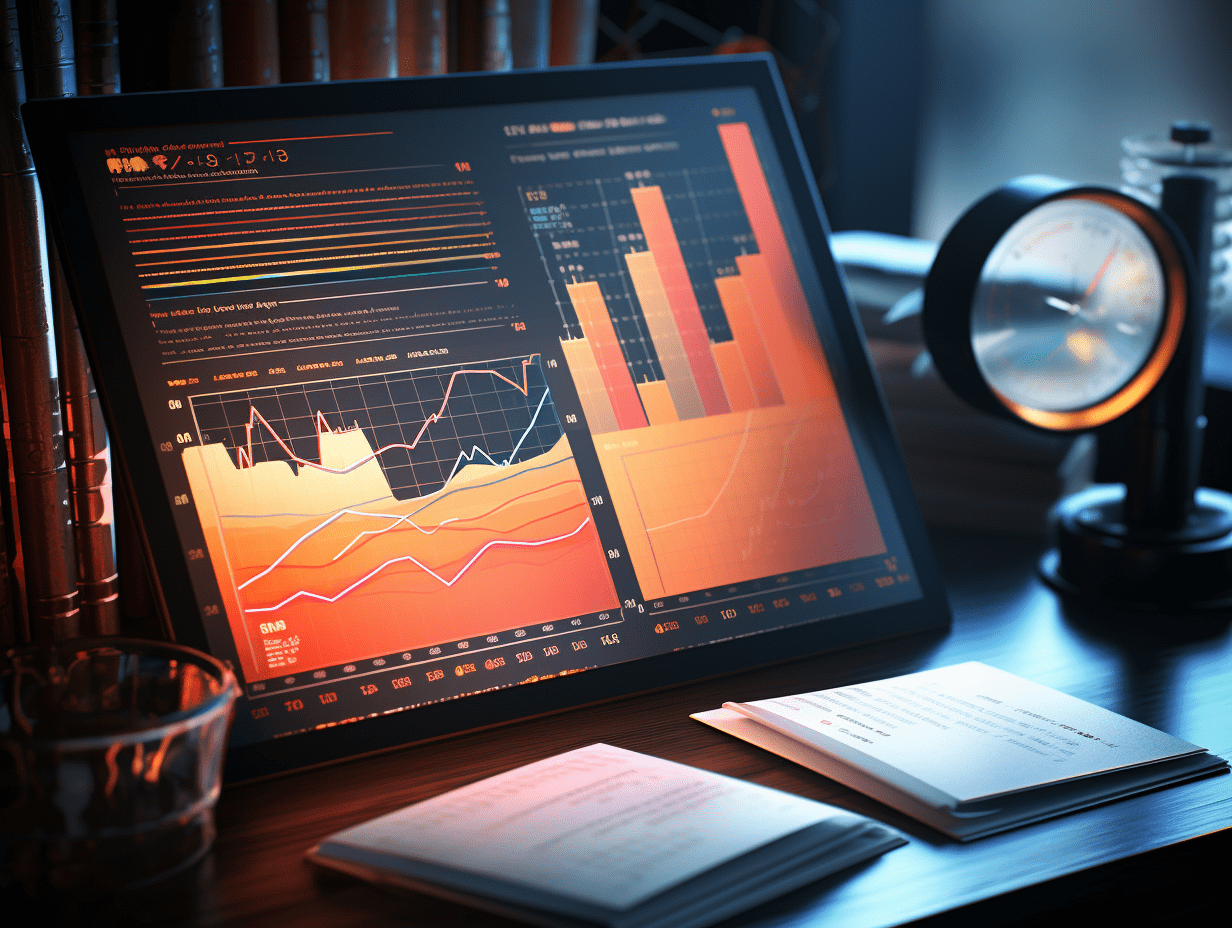
Is NVIDIA's (NVDA.US) retracement a good opportunity to buy low? Multiple signs indicate that the "AI bubble theory" does not hold water.
Dan Ives, a senior analyst at the well-known investment firm Wedbush Securities on Wall Street, stated that the significant sell-off that AI chip leader NVIDIA (NVDA.US) experienced last Friday in the US stock market is not a sign of an "artificial intelligence stock bubble," but rather a reflection of some Wall Street fund managers underestimating the power of artificial intelligence as part of a "digestion period," as well as investors "taking profits" en masse.
Another prominent institution, Cantor Fitzgerald, significantly raised the stock price of the tech giant NVIDIA from $900 to $1200 following a more than 5% drop last Friday, and ahead of the upcoming NVIDIA GTC event. Other notable institutions like Mizuho, Keybanc, and Bernstein are still bullish on NVIDIA, maintaining target prices of over $1000 for the stock.
Additionally, concerns about a potential bubble surrounding the "Magnificent 7", which includes NVIDIA and other large tech stocks in the US market, are seen as an overreaction by investment firm Ned Davis Research (NDR). NDR stated that aside from the "Magnificent 7", most stocks in the S&P 500 index are still in a long-term uptrend, with nearly 70% of stocks across different market caps trading above the 200-day moving average.
Following a 5% increase after opening last Friday, NVIDIA's stock price fell over 5.5% by the end of the day. In early trading on Monday, the stock price saw a small decline and eventually dropped by 0.55% to $870 at the time of writing.
Wedbush defended NVIDIA, stating that the pullback does not equate to an AI bubble, but rather presents a buying opportunity. The Wedbush analysis team led by Ives wrote in a recent research report: "Let's make it clear: we've been covering the tech industry on Wall Street since the late 1990s, and this is definitely not a bubble, but the beginning of the fourth industrial revolution led by NVIDIA, which is now imminent, and will have a significant impact on the tech industry led by the software/use case stage currently underway."
Ives and the analysts at Wedbush believe that as only a few companies like NVIDIA, Microsoft (MSFT.US), and Palantir (PLTR.US) have reported performance metrics directly related to "AI monetization", many investors remain "extremely skeptical" about the financial impact of generative artificial intelligence.
However, the Wedbush analysis team sees this as just the beginning for a future AI monetization market worth over $1 trillion, with AI use cases first touching certain tech companies before moving to the much-anticipated consumer end. The team noted that tech giants like Apple (AAPL.US), Meta (META.US), Google (GOOGL.US), and Amazon (AMZN.US) have all recognized the impact and are investing heavily in NVIDIA GPUs, likely to enhance the hardware infrastructure needed for future consumer-facing AI applications.
Wedbush stated: "It's important to note that spending and use cases are evolving, with our research and forecast data indicating that by 2024, overall AI spending will account for about 8%-10% of enterprise IT budgets, compared to less than 1% by 2023." Wedbush added that for every $1 a company spends on an NVIDIA H100 chip, other companies' total spending on software, IT services, and service-based infrastructure for H100-based AI applications could increase by 10 to 12 dollars.
The Wedbush analysis team highlighted that the impact of artificial intelligence on software-based tech companies like Microsoft, Palantir, Salesforce, ServiceNow, Oracle, MongoDB, and Adobe is just beginning to show, and the integration of AI technology will help drive developments in other areas, such as cybersecurity companies like Zscaler, Crowdstrike, Palo Alto, Varonis, Qualys, Tenable, and Okta.
According to the latest forecasts from market research firm Gartner, the AI chip market is expected to grow by 25.6% in 2024, reaching $67.1 billion. By 2027, the market size is projected to be more than double that of 2023, reaching $119.4 billion.
NVIDIA's strongest competitor, AMD, is even more optimistic about the future AI chip market. At the "Advancing AI" event, AMD drastically increased its global AI chip market size forecast to $400 billion by 2027, up from the previous estimate of $150 billion, with the 2023 AI market size forecast only around $30 billion.
Following NVIDIA's more than 5% drop last Friday and ahead of the upcoming NVIDIA GTC event, analyst CJ Muse from Cantor Fitzgerald raised the target price from $900 to $1200 and maintained a "buy" rating, emphasizing that NVIDIA's AI GPU will continue to dominate the AI training/inference field in the AI era."Bonjour, comment vas-tu ?"
"Hello, how are you?"In addition, some institutions have raised their price targets for Nvidia to over $1000 after the financial report was released, and continue to remain bullish after Nvidia's stock price plummeted on Friday. Following Nvidia's earnings announcement, Bernstein quickly raised Nvidia's target price from $700 to $1000; Melius Research raised Nvidia's target price from $925 to $1000; Benchmark raised Nvidia's target price from $625 to $1000; Mizuho raised Nvidia's target price from $850 to $1000; Keybanc raised Nvidia's target price from $740 to $1100.
Concerns about the "Magnificent 7" bubble may be purely speculative
The Magnificent 7 includes: Apple, Microsoft, Google, Tesla, Nvidia, Amazon, and Meta Platforms. Global investors continue to flock to these seven tech giants in 2023-2024, mainly because they are betting on the optimal position for revenue expansion through the use of artificial intelligence technology, due to the massive market size and financial strength of these tech giants.
According to investment firm Ned Davis Research (NDR), concerns about a bubble surrounding the "Magnificent 7" and other large US tech stocks are clearly an overreaction by the market. NDR states that despite the performance of a few valuable tech giants like Nvidia (NVDA) over the past year, which have contributed significantly to the overall gains based on the S&P 500 index, the majority of US stocks have also seen continuous growth over the past year.
NDR emphasizes that on the day the S&P 500 index reached its latest historical peak, 45% of stocks within the index were in a long-term uptrend. This contrasts with a decrease to 31.2% during the internet bubble of 2000.
Bloomberg Intelligence strategists Gina Martin Adams and Gillian Wolff's data shows that the proportion of stocks at historical highs in the S&P 500 index has risen to its highest level since early 2022. They note that less than a third of stocks are at historical highs, providing "ample room" for the bull market to attract participants.
They add that in contrast, as the internet bubble of 2000 was about to burst, the proportion of stocks at historical highs in the S&P 500 index was declining, from 60% in 1997 to 20% in early 2000.
Additionally, the equal-weighted index of the S&P 500 has just reached a historical high, indicating that the upward trend is expanding. The valuation of the largest components in the S&P 500 index is also significantly lower than the valuation levels seen in previous market cycles.
US investment firm Bespoke Investment Group states that while most of the gains in the S&P 500 index last year were driven by a few large tech companies, this trend has begun to change in 2024. Despite the continued leadership of the seven major tech stocks in the S&P 500 index since early 2024, Bespoke's data shows that other stocks in the market have begun catching up. As of last Monday, over 60% of the components in the benchmark index for US large-cap stocks recorded gains, signaling an improvement in the breadth of the stock market.
Another key signal of expanding breadth is the percentage of stocks hitting 52-week highs. As of last Monday, a total of 106 S&P 500 index components (21.2% of the index components) reached new 52-week highs. This is the highest proportion since May 10, 2021, according to Dow Jones market data. Hitting a 52-week high is typically considered a bullish sign for the stock market, indicating positive momentum or strong risk appetite, as well as sustained price increases over the past year.
RECOMMEND
©️2013 - 2025 GMT EIGHT Holdings. All Rights Reserved.
Contact: contact@gmteight.com


